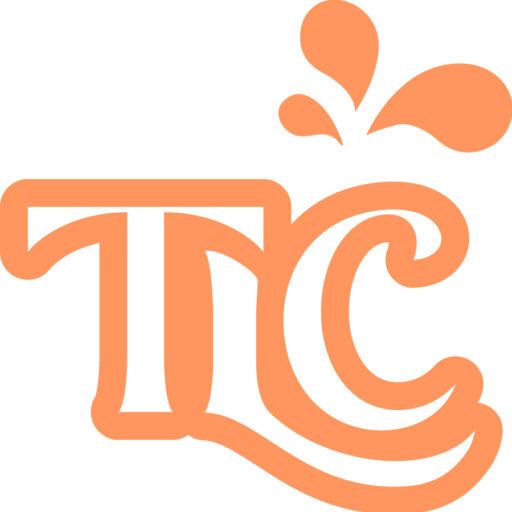Breastfeeding with Inverted Nipples
Breastfeeding with inverted nipples is a concern for many expecting or new mamas. If you've discovered that your nipples retract inward rather than protrude, you might wonder how this will affect your breastfeeding journey. The good news is that with the right support and techniques, most mamas with inverted nipples can breastfeed successfully.
Understanding Inverted Nipples
Inverted nipples are nipples that naturally retract into the breast rather than pointing outward. This condition can be present in one or both breasts and varies in severity. While it might seem like a barrier to breastfeeding, it's important to know that the baby latches onto the breast, not just the nipple. To see if you have inverted nipples, you can do a pinch test by compressing the areola just behind the nipple, if the nipple stays flat or seems to “pull in” then you likely have flat or inverted nipples.
With proper latch techniques, babies can breastfeed effectively even with inverted nipples.
Challenges and Solutions for Breastfeeding with Inverted Nipples
Difficulty in Latching
Challenge: Babies might initially struggle to latch onto inverted nipples because they can't grasp the nipple as easily.
Solution: Before feeding, you can try techniques to draw out the nipple, such as using your fingers to gently roll or stretch the nipple or by using a breast pump for a few minutes. Nipple shields can also be a temporary aid to help your baby latch more easily. Also consider trying a laid-back position for breastfeeding.
Sore Nipples
Challenge: Mamas with inverted nipples might experience soreness as the baby works harder to latch.
Solution: Ensure your baby is latching onto the breast correctly, not just the nipple. Applying breast milk or a safe nipple cream after feeds can help soothe soreness. If soreness persists, consult with an IBCLC for personalized advice and latch assessment.
Concerns About Milk Transfer
Challenge: Some mamas worry their baby might not be getting enough milk if they have difficulty latching.
Solution: Monitor your baby's weight gain, diaper output (wet and dirty diapers), and feeding behavior to ensure they are getting enough milk. If you have concerns about milk supply or transfer, an IBCLC can teach you techniques to improve breastfeeding effectiveness.
Boosting Your Confidence
Challenge: Feeling anxious or unsure about your ability to breastfeed with inverted nipples.
Solution: Education and support are key. Consider attending a breastfeeding class, joining a support group, and consulting with an IBCLC before and after your baby is born. Knowing what to expect and having a plan can boost your confidence significantly.
Situations Where Medical Advice Is Needed
- If you're experiencing persistent pain or soreness despite trying recommended solutions.
- If your baby is not gaining weight adequately or if you're concerned about their milk intake.
- If you're struggling with latching despite using techniques to help with inverted nipples.
Related Issues to Consider
- Flat nipples: Similar to inverted nipples but less pronounced, flat nipples may also pose a challenge to latching. The same techniques and supports are often effective.
- Engorgement: Engorgement can make latching difficult, especially for babies of mamas with inverted or flat nipples. Managing engorgement through frequent feeding or expressing milk can help.
Breastfeeding with inverted nipples might require some extra preparation and patience, but it's absolutely possible. Remember, every mama and baby pair is unique, and what works for one may not work for another. Seeking the guidance of an IBCLC can provide you with personalized strategies and support tailored to your breastfeeding journey.
Sources
- https://www.columbiadoctors.org/health-library/article/breastfeeding-inverted-nipples/
- https://llli.org/breastfeeding-info/inverted-flat-nipples/
- https://www.medela.com.au/breastfeeding/blog/breastfeeding-tips/6-tips-breastfeeding-inverted-flat-nipples
- https://laleche.org.uk/inverted-nipples/

Laura Franchow
RN, BSN, IBCLC, CEIM
NICU nurse since 2016, lactation specialty since 2020.
Medical Advice Disclaimer
This page should be used for general informational purposes only. Not intended to diagnose or treat any condition, illness, or disease. Read the full disclosures and disclaimers.

